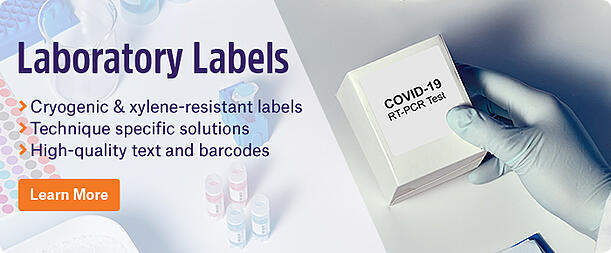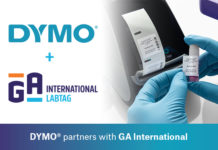
Many researchers across the globe are currently sitting on a treasure trove of laboratory notebooks, copiously filled with experimental protocols and priceless details that were necessary for publication and grant writing. These lab notebooks are quickly becoming a thing of the past; fully digitized systems, such as laboratory information management systems (LIMS) and electronic notebooks (ELNs), have quickly become the go-to for researchers and medical labs to generate workflows, store protocols, and analyze data, leaving handwritten notebooks in the dust. However, when deciding to go digital, it isn’t always obvious how best to integrate old work into new systems.
Lab notebook scanning services
The easiest method of digitizing handwritten lab notebooks is via specialized services. Several companies are available to perform digital scanning, such as Revolution Data Systems, metasource, and Recordsforce, which offer various services for records digitization and data extraction. They can digitize paper, microfilm, medical records, and lab notebooks, among other general purpose documents. These services may also be useful to scan and index previously developed western blots that were generated using X-ray film, despite this method of western blotting being very infrequently used today. Image quality and enhancement services are also ideal for lab books with worn-out pages or poorly legible handwriting. To do all this, these companies rely on book scanners designed to fit the curvature of the spine of lab notebooks, ensuring data capture integrity while maximizing image quality.
The benefits of digitizing the lab
The benefits of digitizing old notebooks are apparent, as it allows users to keep their databases fully updated with both old and new information. However, digitizing old lab books also has the advantage of allowing users to analyze past trends and experimental data as far back as possible, allowing comparisons with old protocols and personnel, which can serve as the basis for future optimization. Furthermore, it is much faster to look for crucial specific details of past work through keyword searches than to furiously scan through book after book, hoping to find the right page. Digitized lab notebooks are also more secure, as sensitive data can be password protected, limiting user access. Cloud-based services allow your data to be saved in multiple locations, providing backups that ensure an unforeseen disaster won’t wipe out years of work. Finally, digitized notebooks allow data to be more freely shared among your team, promoting teamwork and further collaboration.
Digitization isn’t just about record-keeping, though. Uploading old lab books and blots is part of a more global solution that digitization offers. With the help of a LIMS and an ELN, workflows can be fully streamlined from beginning to end, with enhanced visibility across the entire lab. That means that each step of a protocol is tracked via barcode and/or RFID labels and monitored in real-time, allowing users to double check their work and correct errors immediately. Use of scannable barcode labels also provides a quicker path to tracking to samples as they are assayed, making lab work more efficient across the board. Digitization also makes data analysis faster and more efficient, as results can be uploaded and computed automatically, according to the workflow. Ultimately, automation of these workflows via lab digitization improves the quality and reproducibility of experimental data while minimizing human error and increasing efficiency across the board.
ELN Recommended Practices
While each lab should establish their own operating procedures, there are some recommendations that can be universally applied:
- Training should be specifically tailored to meet the team’s requirements
- Consider different methods of notebook organization (by project or person)
- Only allow administrators to add projects, which keeps things organized
- Provide recommended naming standards for projects, studies, or experiments
- Make thoughtful use of user groups and permissions (i.e. who can/should access data)
LabTAG by GA International is a leading manufacturer of high-performance specialty labels and a supplier of identification solutions used in research and medical labs as well as healthcare institutions.



